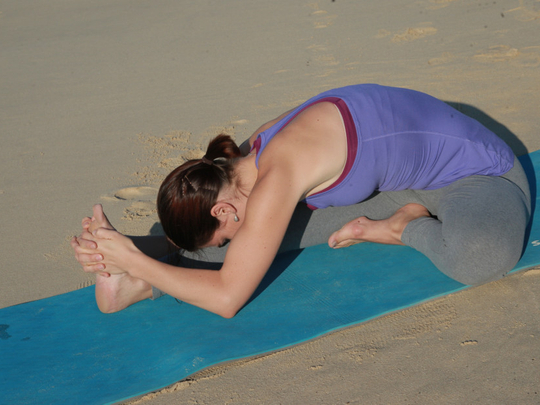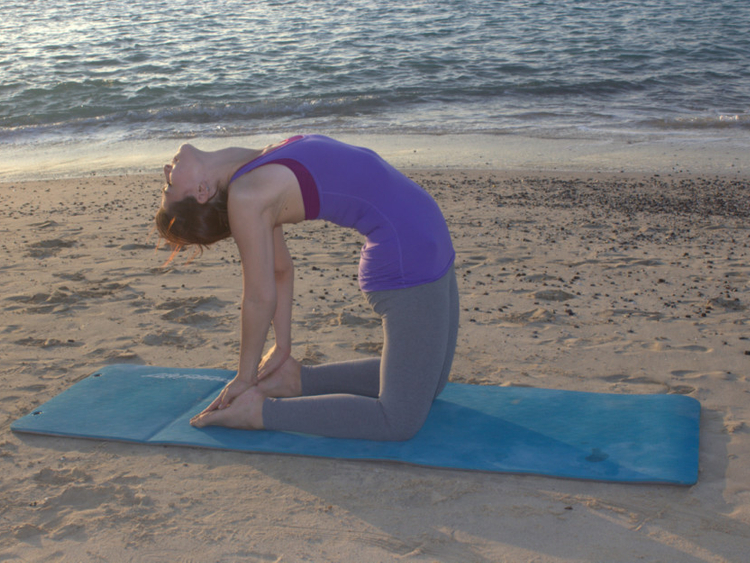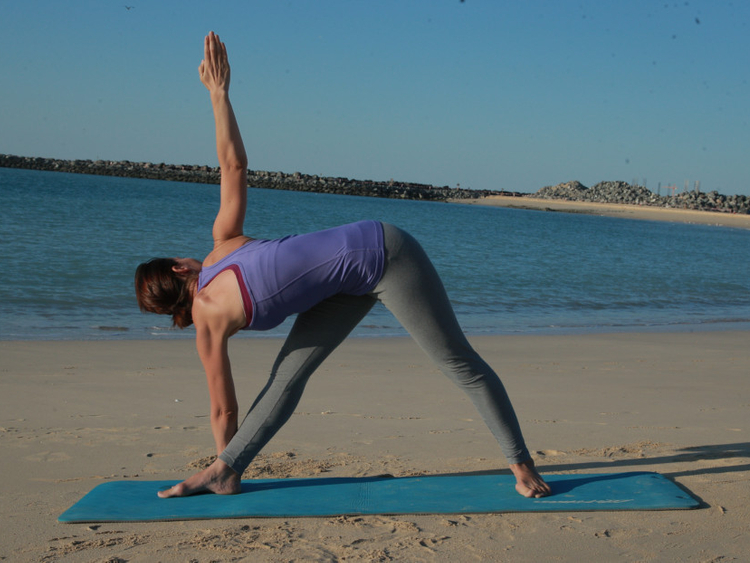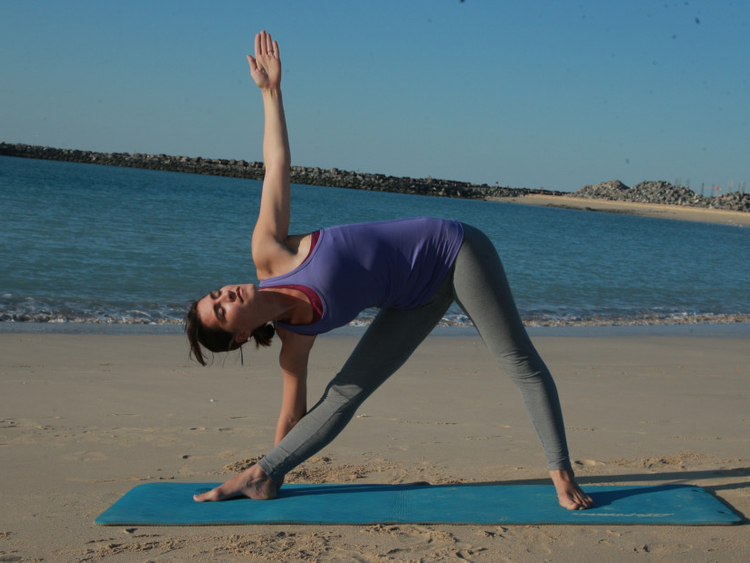
Ageing is directly linked to the flexibility of the spine. There are several yoga postures for the upward stretch, sideward-, backward- and forward bends and spinal twist to keep it flexible, and strengthen the back and abdominal muscles to hold an upright posture. It is essential to practise these five movements to keep the spine healthy. Also, yoga determines that chakras or energy centres of the body are located along the spine. Hence a healthy spine is of utmost importance for an active life.
Structure of the spine
The spine or backbone runs from the base of the skull to the tailbone, an “S” shaped structure that supports the body weight and protects the spinal cord. The discs, made up of strong tissue with a gel-like centre, act as shock absorbers between the 33 vertebrae of the spine. Your spinal cord, which is a column of nerves, runs inside this spinal column. It is the information superhighway of the body which sends and receives messages from the brain to the rest of your body. Several muscles such as, erector spinae, trapezius, lattisimus dorsi, rectus abdominis, obliques, support the spine, control movement, maintain balance and stability in the body.
Poor posture takes a toll on the spine
Sedentary work, such as sitting at your desk for seven-eight hours a day, whether working at the desk or texting on your smartphone, leads to backache. Normally spinal issues begin with poor posture, lack of blood circulation, weak muscles and stress. It is very simple to understand how these factors are interrelated. When you work long hours staring at the desktop screen with your head pushed forward, your neck and shoulders stay contracted or tensed.
The spine slowly starts to compress and your chest caves in as you slouch. Sitting for hours in a one place leads to poor blood circulation in the lower body. This causes the quadriceps and hamstrings to tighten, and decreases flexibility in the hip joint. So, bad posture weakens muscles. It also restricts blood flow to the upper body and brain, affecting breathing patterns.
Living with a compressed (packed together) spine for prolonged period leads to a herniated or, what is commonly called, slipped disc, and fractures, etc. A compressed spine can also affect the nervous system as it could lead to a nerve being pinched or being trapped between the vertebrae. This can affect your eyesight, hearing ability, co-ordination skills etc.
Ageing compresses and degenerates the spine
Research has shown a progressive degeneration of the spine due to decrease in bone density. As you grow older, the spinal column becomes curved and compressed because the bones lose calcium and other minerals and vertebrae — that are nothing but bones — lose their mineral content and become thin too. The discs, that are made up of cartilage, will also slowly wear out. Decrease in muscle mass leads to decreased strength and power in the core muscles. This increases the risk of injury to spine.
Spinal issues are becoming increasingly prominent in the 30-45 year old age group due to sedentary lifestyle, stress, lack of good nutrition, lack of exercise and weight issues.
Yoga postures are designed to systematically contract, stretch and twist the spine. These increase blood flow to the muscles, ease tension and help maintain a good posture. Thus the spine remains healthy while your brain and nervous system also receive a boost of blood flow and energy.
Next week: How your mind can help heal the body
This is an interactive series, in which we will bring you practical tips on daily living, inspired by the vision of yoga. Write in to tabloid@gulfnews.com with your questions and doubts regarding enhancing your lifestyle through yoga. For more information, call 800-YOGA (9642) or log on to artisticyoga.com














